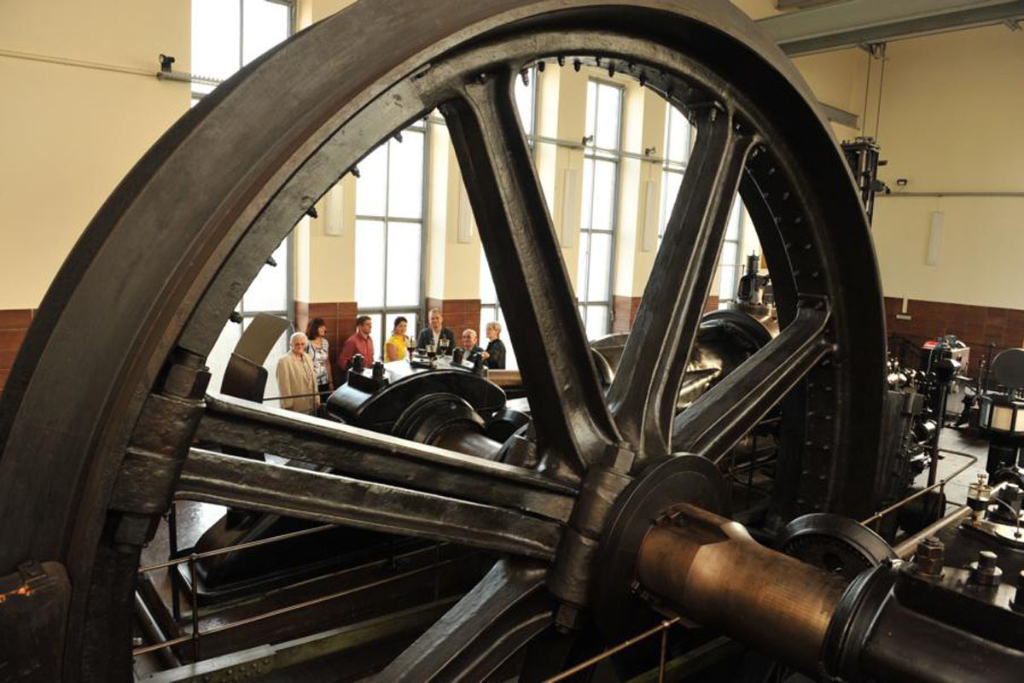The Saxon town of Oelsnitz has always been a hive of activity – underground in days gone by, and nowadays above ground. Jan Färber presses a button and fires up Saxony’s biggest steam engine, which stands on the site of the former Oelsnitz coal mine. The youthful, curly-haired director of Oelsnitz Mining Museum is a keen engineering fan and his enthusiasm is infectious. “This machine used to lift thousands of miners in and out of the mine shaft every day,” he says. The twin cylinder steam-driven winding engine is the largest functioning machine of its kind, and when it gets going it immediately brings the mining history of the Karl Liebknecht Pit to life.





